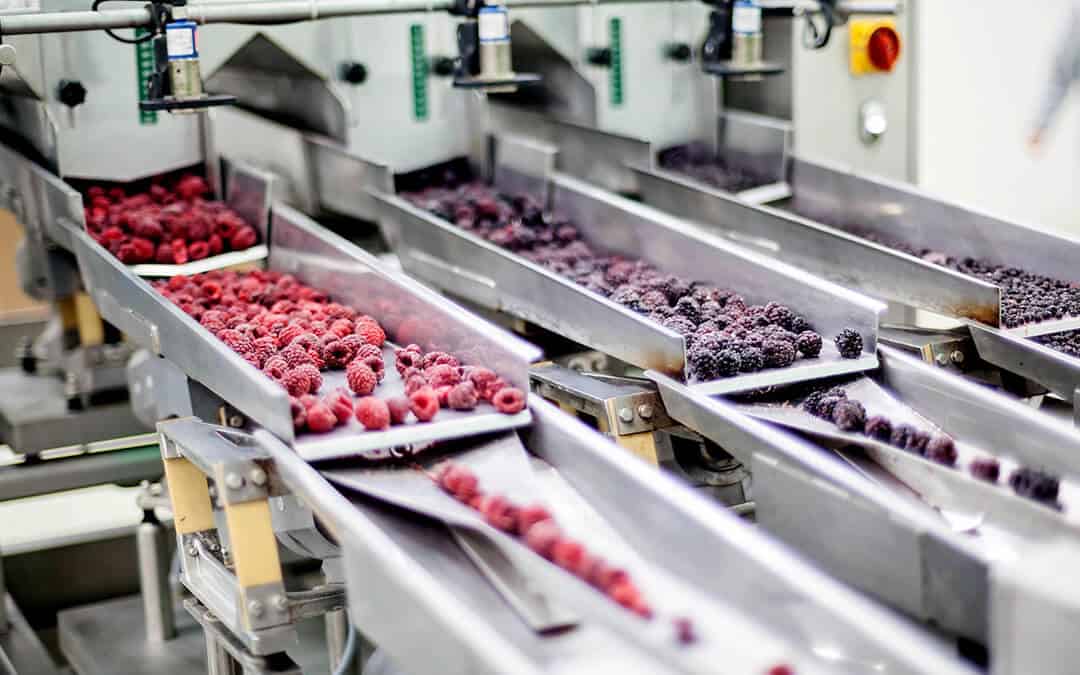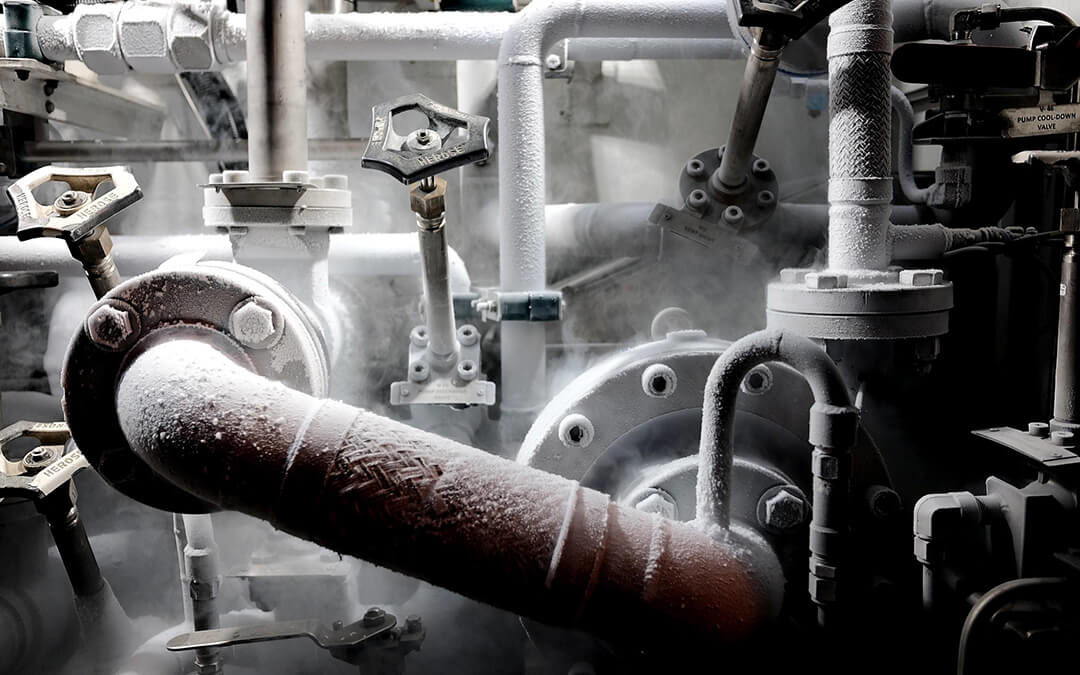What can shatter flowers, make ice cream and is used in aerospace applications? Liquid nitrogen! This super versatile liquid version of an already versatile gas (nitrogen or N2) is used across a wide range of applications and industries that you likely interact with on a daily basis — and some that you don’t!
What Is Liquid Nitrogen?
Nitrogen is a pure element, like oxygen, and occurs as a gas that makes up 78% of the atmosphere. Liquid nitrogen is the liquefied form of nitrogen gas. Like nitrogen gas, liquid nitrogen is clear, odorless and non-toxic. The boiling temperature of liquid nitrogen is −195.79 °C (77 K; −320 °F). At its boiling point, liquid nitrogen looks like boiling water and is surrounded by a cloud of water vapor.
Since the atmosphere is made up of mostly nitrogen, nitrogen gas can be manufactured almost anywhere. And all that needs to be done to turn that gas into liquid nitrogen is a process called fractional distillation. This is done using an air compressor that squashes and cools the air from the atmosphere. By squashing the air, the air molecules are forced closer together. They are then cooled down so that the molecules begin to form weak bonds. When enough molecules start bonding together like this, droplets of liquid form, producing liquid nitrogen.
Liquid Nitrogen Uses

Liquid nitrogen has many applications, from industrial to medical to culinary to entertainment. Some common uses include:
- Shrink-fitting (to shrink one piece of metal so that it fits inside another; when it heats back up, it will expand and fit tightly into the other piece)
- Pipe freezing (to stop the flow of a liquid so the pipes can be fixed)
- Furnace, superconductor, vacuum pump, and reactor cooling
- Freezing warts and moles
- Cryotherapy
- Freeze-branding animals
- Freezing and preserving biological material such as sperm, eggs, and animal genetic samples
- Chilling and freezing during the food packaging and preservation process
- Increase shelf life for food products (keeps oxygen out and freshness in)
- The shielding of materials from oxygen exposure
- Molecular gastronomy
- Science projects, including making liquid nitrogen ice cream, creating nitrogen fog, and flash-freezing flowers
Liquid Nitrogen Handling, Storage and Safety

As a cryogenic fluid, liquid nitrogen requires special handling and storage practices. Because nitrogen boils so rapidly, the phase transition from liquid to gas can generate a lot of pressure very quickly. It’s crucial to not enclose liquid nitrogen in any regular sealed container, as this can result in it bursting or an explosion. Rather, liquid nitrogen must be stored and transported in vacuum flasks, where the temperature must remain at a constant 77 K, or the boiling point. These vacuum flasks, called Dewars, can store nitrogen for a few hours to a few weeks, depending on the size and design. Recently, the development of pressurized super-insulated vacuum vessels has allowed liquid nitrogen to be stored and transported over longer time periods.
With its frigid temperature, liquid nitrogen can cause damage when it comes in contact with living tissue. So, when handling liquid nitrogen, always wear proper safety gear to prevent contact or inhalation of the extremely cold vapor. Appropriate clothing and protective gear for liquid nitrogen handling include long pants, a lab coat or shirt with long sleeves, insulating gloves, eye protection, and shoes with covered toes. And though liquid nitrogen is a common and useful cryogenic gas, it’s also important to only work with it in a well-ventilated area. Adding large quantities of nitrogen to the air reduces the relative amount of oxygen, which can result in an asphyxiation risk. Exposure to liquid nitrogen can include rapid breathing, fatigue, nausea, vomiting, and, eventually, unconsciousness and death.
As you can imagine, such a cold and particular substance come with specific requirements for safe storage, handling, and usage. At CalOx, we specialize in providing businesses in the medical and veterinary fields, specialty food service, and cryotherapy centers with everything needed to use liquid nitrogen. From regular deliveries to storage, delivery, and handling equipment, along with training and maintenance, we handle all your needs including buying liquid nitrogen. Contact us today for your quote!
Sources:
https://sciencenotes.org/liquid-nitrogen-temperature-and-facts/
https://www.abc.net.au/science/surfingscientist/behind.htm
